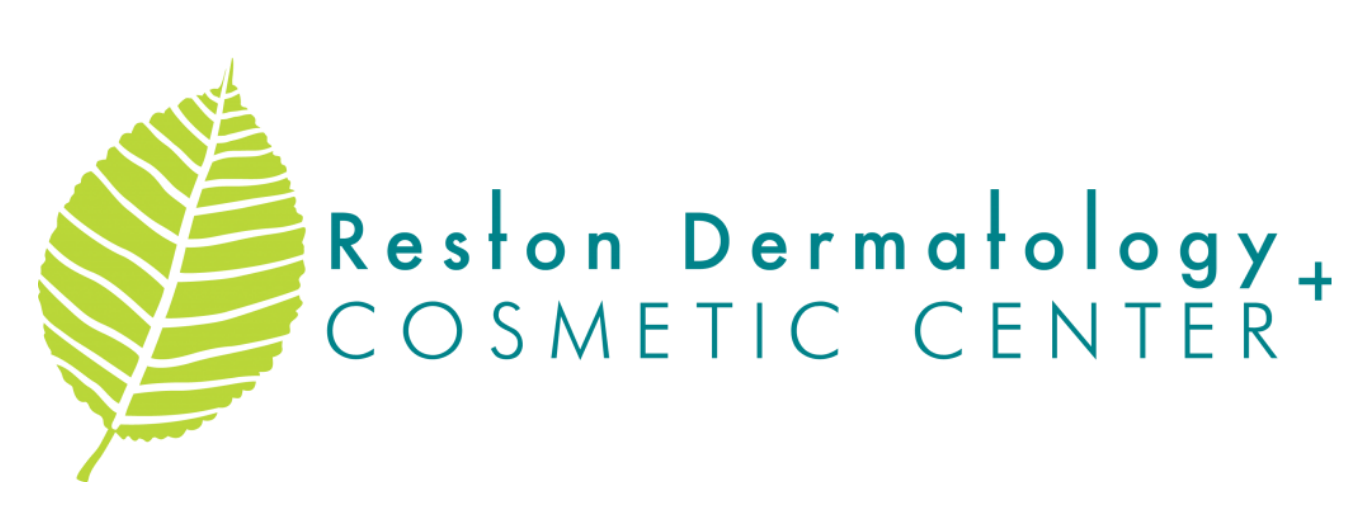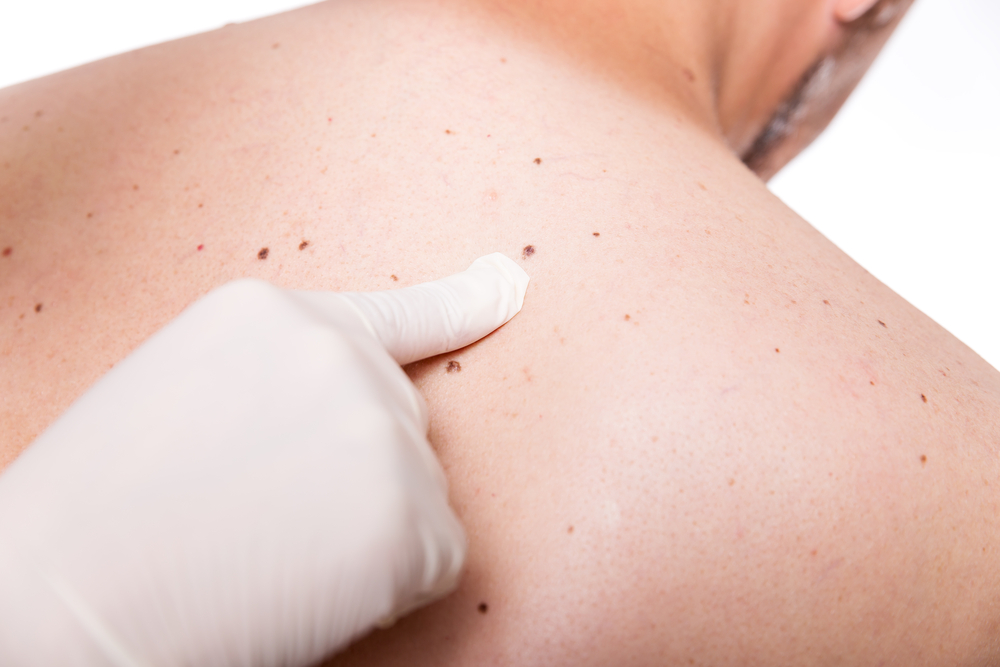Skin Cancer Screening
There is not a more common cancer in the country than skin cancer. So it is important to know the ins and outs of a skin cancer screening that can be done by both yourself and a doctor.
A screening basically looks out for tell-tale signs of skin cancer. Screenings can then lead to a biopsy if the screener suspects possible cancer.
Screenings are best performed by dermatologists. They shouldn’t take longer than 20 minutes. They usually require the patient to remove all their clothing. But gowns are available.
The doctor will exam the patient from head to toe for signs of melanoma other cancers, paying close attention to moles on the body.
This part is as simple as ABC—well, ABCDE.
A, stands for asymmetry. Moles with odd shapes are concerning.
B, border: the border of a mole shouldn’t be too misshaped.
C, color: the color of the mole should be even.
D, diameter: the size of the mole should be no bigger than a pencil eraser.
E, evolving: moles that are beginning to change size and shape are red flags
Ahead of these screenings, it is important not to wear any makeup. Your skin should be fully exposed.
If there are any red flags, your dermatologist will call for a biopsy. This is a test that takes a small skin sample from the patient and puts it under a microscope to make sure there are no cancer cells.
The risk of skin cancer rises with the more exposure to intense sun rays. Always use sunscreen and avoid tanning salons, especially if you have light skin, blonde or red hair, and a number of freckles or moles.

